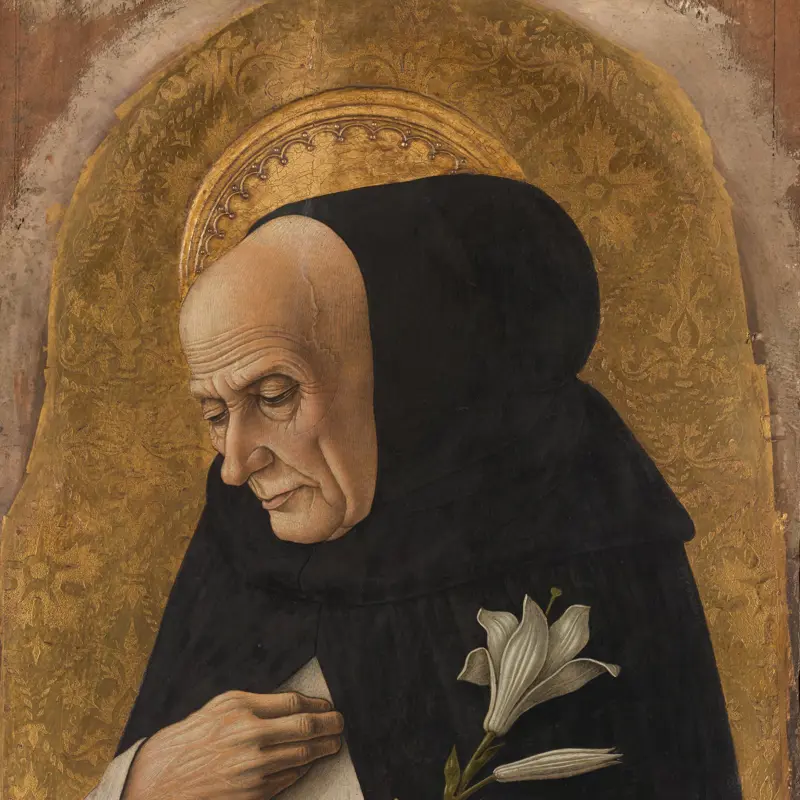This room contains altarpieces by painters who worked at the same time, but in different regions across Italy and with different stylistic approaches. They were all created for specific sacred contexts, and formed the focus for Christian devotions and ceremonies on the altars of churches and chapels.
Some depict a particular moment in the life of Christ, others present the Virgin and Child in the company of saints. The presence of these holy men and women can indicate the dedication of the altar the painting once adorned, the name of a patron, or tell us about the devotional interests of a particular place.
By around 1500, most Italian altarpieces united figures into one main pictorial space – a format known as the pala. Additional imagery could also be included in the predella (base). At the same time, more traditional forms of altarpiece design continued to be produced, especially in remote areas, like the Marche or rural Lombardy.
Later, altarpieces were often removed from their original contexts and dispersed. Different elements might be separated and sold off. Most of the altarpieces in this room have lost parts of their original design, are displayed in later frames or are fragments of larger ensembles.























